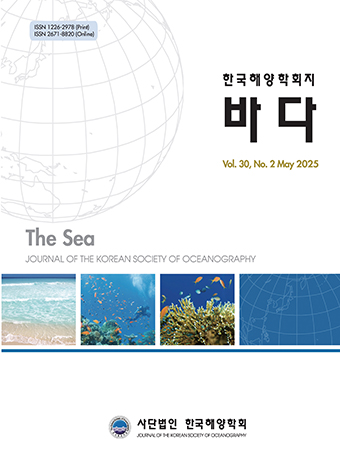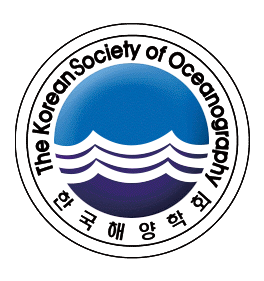Article
Abstract
References
Information
Fernandez, L.A., W. Lao, K.A. Maruya and R.M. Burgess, 2014. Calculating the diffusive flux of persistent organic pollutants between sediments and the water column on the palos verdes shelf superfund site using polymeric passive samplers. Environ. Sci. Technol., 48: 3925-3934.
10.1021/es404475c24564763
Gao, X., P. Huang, Q. Huang, K. Rao, Z. Lu, Y. Xu, G.W. Gabrielsen, I. Hallanger, M. Ma and Z. Wang, 2019. Organophosphorus flame retardants and persistent, bioaccumulative, and toxic contaminants in Arctic seawaters: On-board passive sampling coupled with target and non-target analysis. Environ. Pollut., 253: 1-10.
10.1016/j.envpol.2019.06.09431301531
Huckins, J.N., J.D. Petty, J.A. Lebo, F.V. Almeida, K. Booij, D.A. Alvarez, W.L. Cranor, R.C. Clark and B.B. Mogensen, 2002. Development of the permeability/performance reference compound approach for in situ calibration of semipermeable membreane devices. Environ. Sci. Technol., 36: 85-91.
10.1021/es010991w11811495
Jeong, D.Y., Y.L. Jang, H.J. Lee, H.J. Jeong, N.Y. Kim, J.H. Won and G.B. Kim, 2020. Optimization of ex-situ experiment and application in contaminated sediment for determination of the freely dissolved concentration of polycyclic aromatic hydrocarbons. J. Korean Soc. Mar. Environ. Energy, 23: 109-116.
10.7846/JKOSMEE.2020.23.3.109
Joyce, A.S., M.S. Pirogovsky, R.G. Adams, W. Lao, D. Tsukada, C.L. Cash, J.F. Haw and K.A. Maruya, 2015. Using performance reference compound-corrected polyethylene passive samplers and caged bivalves to measure hydrophobic contaminants of concern in urban coastal seawaters. Chemosphere, 127: 10-17.
10.1016/j.chemosphere.2014.12.06725613644
Kim, N.Y., Y.L. Jang, H. Jeong, D.Y. Jeong and G.B. Kim, 2020. Applicability of vinyl wrap (linear low density polyethylene) as a new passive sampler: Measurement of freely dissolved polycyclic aromatic hydrocarbons in the offshore. J. Korean Soc. Mar. Environ. Energy, 23: 277-285.
10.7846/JKOSMEE.2020.23.4.277
Ortega-Calvo, J.J., J. Harmsen, J.R. Parsons, K.T. Semple, M.D. Aitken, C. Ajao, C. Eadsforth, M. Galay-Burgos, R. Naidu, R. Oliver, W.J.G.M. Peijnenburg, J. Römbke, G. Streck and B. Versonnen, 2015. From bioavailability science to regulation of organic chemicals. Environ. Sci. Technol., 49: 10255-10264.
10.1021/acs.est.5b0241226230485
Yoon, S.J., S. Hong, S. Kim, J. Lee, T. Kim, B. Kim, B.O. Kwon, Y. Zhou, B. Shi, P. Liu, W. Hu, B. Huang, T. Wang and J.S. Khim, 2020. Large-scale monitoring and ecological risk assessment of persistent toxic substances in riverine, estuarine, and coastal sediments of the Yellow and Bohai seas. Environ. Int., 137: 105517.
10.1016/j.envint.2020.10551732018133
- Publisher :The Korean Society of Oceanography
- Publisher(Ko) :한국해양학회
- Journal Title :The Sea Journal of the Korean Society of Oceanography
- Journal Title(Ko) :한국해양학회지 바다
- Volume : 26
- No :1
- Pages :37-48
- Received Date : 2020-09-10
- Revised Date : 2021-01-04
- Accepted Date : 2021-01-05
- DOI :https://doi.org/10.7850/jkso.2021.26.1.037




 The Sea Journal of the Korean Society of Oceanography
The Sea Journal of the Korean Society of Oceanography








